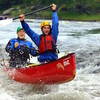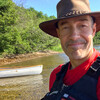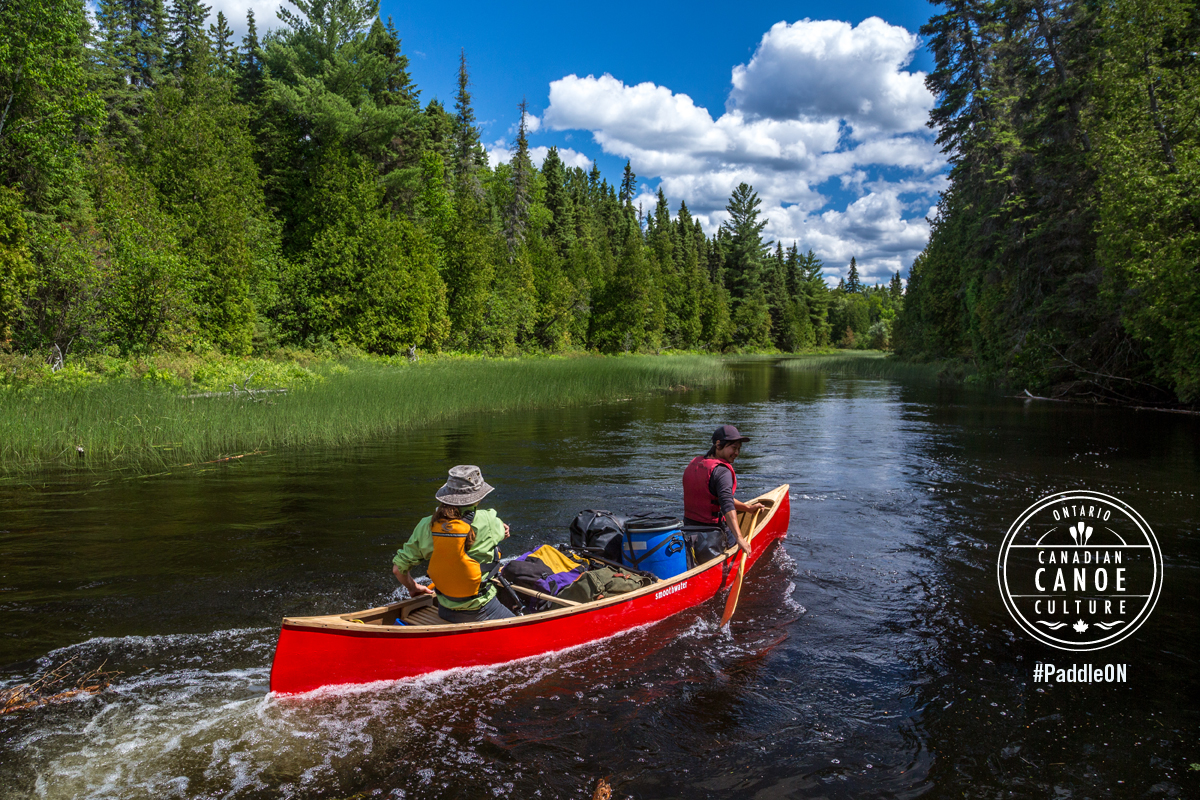
5 Best Non-Operating Provincial Parks for Canoe Trips
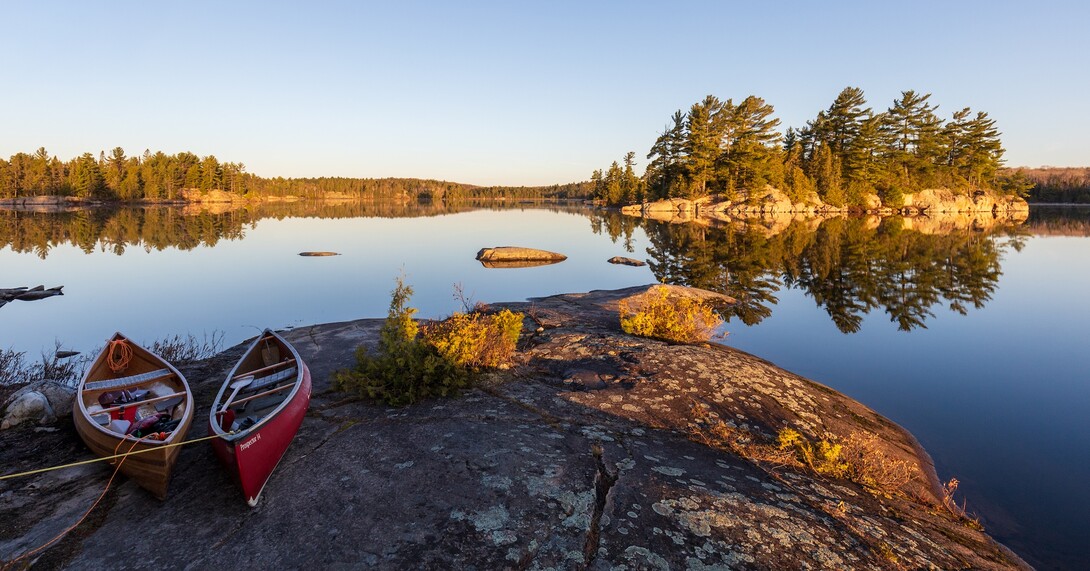
Over the past several years, and since the COVID-19 pandemic in particular, camping and canoeing in Ontario have become more popular than ever before. With literally thousands of lakes, waterways and beautiful forests in the province, it’s no wonder people are turning to Ontario’s rich system of provincial parks for their vacations and adventures. Unfortunately, this popularity has resulted in increased pressure on many provincial parks, sometimes with more enthusiasm for trips in peak seasons than there are open campsites.
The vast majority of people who canoe trip in Ontario do so in one of the many operating parks, which provide a range of services, are staffed and require campers to pay fees. Some of the more heavily managed operating parks, like Algonquin and Killarney, offer maintained and marked campsites and portages. As well, the campsites have amenities such as thunder boxes and firepits. Other operating parks, such as Quetico and Wabakimi, have more wilderness appeal in that campsites and portages are not signed; however, campers must still pay fees and portages and sites are maintained by park staff.
There is another set of parks in Ontario that are less familiar to most people and definitely receive less public attention; these are the parks designated as “non-operating.” Non-operating parks are officially protected by the province, but are typically undeveloped and have no park staff.
Travelling in non-operating parks can be quite demanding. Portages may be difficult to find or traverse; campsites are limited in number and overgrown; and there are rarely toilet facilities of any kind.
However, to the seasoned backcountry camper and canoeist, there are several advantages to non-operating parks. They see far fewer visitors, and there are no fees or reservations required to camp at these parks (for Canadian citizens and permanent residents). Further, the often strenuous nature of travel in non-operating parks can be particularly attractive to those looking for significant challenges and the opportunity to experience nature in a more pristine setting.
If you’re the kind of person who would enjoy the adventure of a non-operating park and have the skill and experience to take on the associated challenges, here are a few of the best destinations to get you started.
Get Your Feet Wet with Wilderness Travel in Blind River Provincial Park
Less than an hour from Elliot Lake, Blind River Provincial Park is a real treasure. The park contains around a dozen small- to medium-sized lakes, all interconnected by creeks, rivers, and relatively short portages, making it great for canoe trips of two to three days or more. Much of the landscape in the area is rugged and beautiful, with exposed rock faces, mixed coniferous and deciduous forests, and a small canyon.
Campsites are generally easy to find when exploring, with many nice, established sites located on islands. The park isn’t as remote as some, with a few grandfathered cottages and lodges within park boundaries. But the fact that it is less than a day’s drive away for many Ontarians, and has arresting scenery, means it is a great place to start exploring non-operating parks.
Local Resources:
- Lodging and canoe rentals: Laurentian Lodge
- Lodging and parking: Dunlop Lake Lodge
- Hotel lodging: Elliot Lake Hampton Inn
- Backcountry lodging: Glassy Bay Outfitters
- Canoe rentals: Riverway Rentals
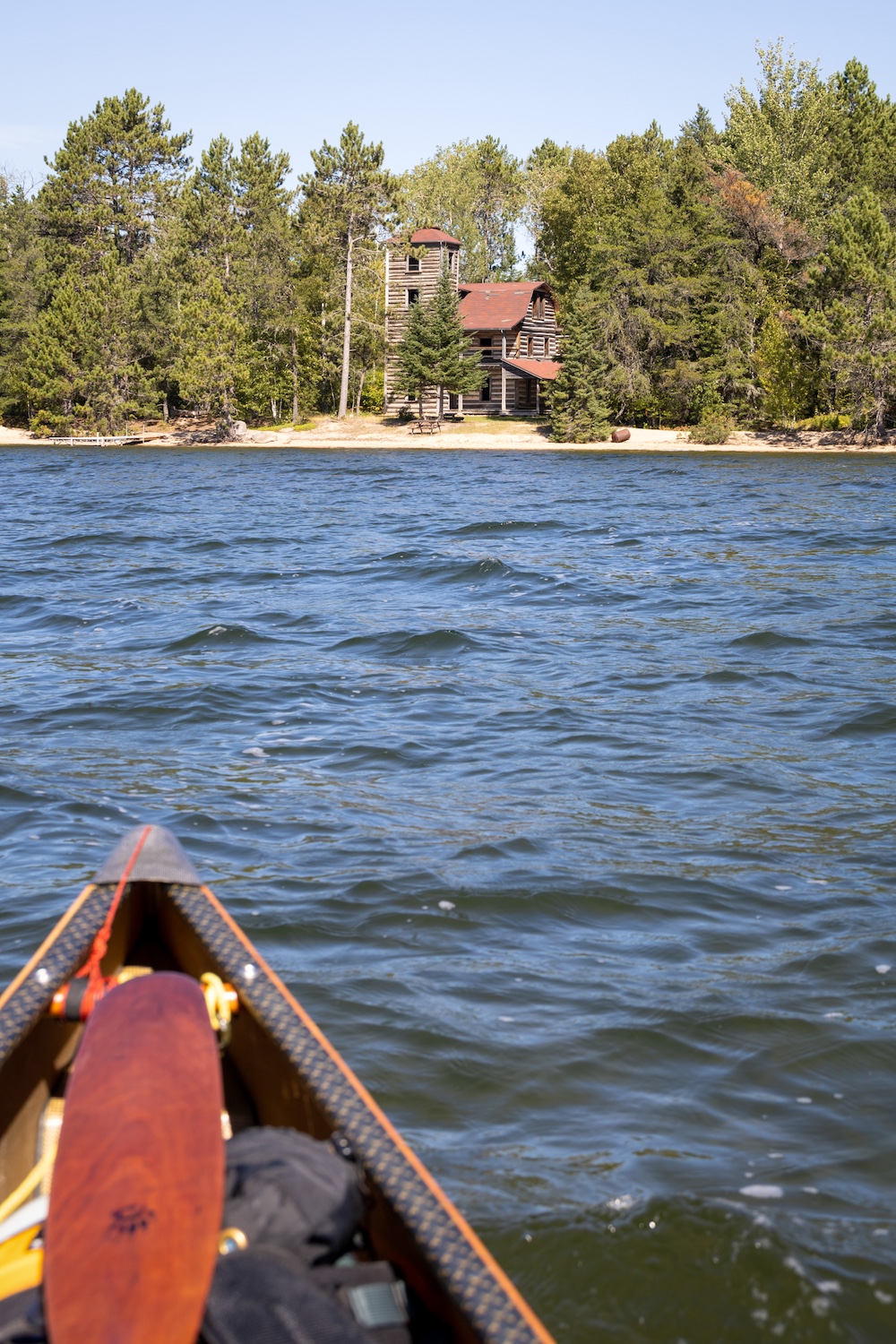
Experience the Remote Wilds of Northwestern Ontario in Turtle River-White Otter Lake Provincial Park
Located in Northwestern Ontario, Turtle River-White Otter Lake Provincial Park spans a series of lakes and rivers, which together make for an adventurous canoe route that can be paddled from one end to the other. Starting in Mine Centre on Little Turtle Lake, the park follows an ancient trade route along the Turtle River northeast through more than 20 sets of rapids and 30 portages. This is a rugged section, teeming with wildlife and steeped in history, with Indigenous pictographs visible along the way.
Roughly halfway through the route, river travel gives way to a set of interconnected lakes, eventually coming into the large White Otter Lake. With its cool, crystal clear water, this lake provides some beautiful camping opportunities. The lake has also seen some notable development over the past century. Located at the north end of White Otter Lake is an impressive three-story wooden log cabin, dubbed “White Otter Castle,” built by a single man in the early 1900s. This incredible building, inaccessible by road, is a popular draw to the lake for boaters in the summer and snowmobilers in winter.
After White Otter Lake, travel continues northeast through more interconnected lakes, eventually reaching Agimak Lake, just outside of Ignace. All in all, this is a highly diverse route with incredible scenery covering approximately 80 kilometres. Plan on a minimum of seven to ten days to canoe the complete route.
Local Resources:
- Lodging, parking, shuttles and more: Browns’ Clearwater West Lodge
- Outfitting, backcountry cabins, guided trips and more: Canoe Canada Outfitters
- Lodging, canoe rentals and shuttles: Branch’s Seine River Lodge
- Camping and lodging: Agimac River Outfitters

Find Solitude in the Near North in West Montreal River Provincial Park
West Montreal River Provincial Park is located in Northeastern Ontario between the small town of Gowganda to the south and Matachewan to the north. The park covers 110 kilometres of two roughly parallel waterways: the smaller West Montreal River to the west, and the larger Montreal River to the east. Both join in the north near the town of Matachewan.
One route through the park begins at the Duncan Lake Dam, west of the town of Gowganda. Duncan Lake flows into the West Montreal River, which can be followed north to the town of Matachewan. Expect to find both flatwater sections and challenging rapids on this route.
If you prefer to avoid the whitewater, it’s possible to travel just the flatwater sections of the park up to Rankin Lake, then loop back via a rough portage out of the park to a narrow section of upper Duncan Lake. Paddling back south along narrow Duncan Lake completes this easier loop. Consult a detailed map or an outfitter to learn more. Plan on seven to 10 days for the full route, or half that for the shorter loop.
The area covered by this park is quite varied, with jagged rock outcrops, flat sandy beaches, and shallow marshlands. There are a small number of established, but primitive, campsites along the marked route, but due to low traffic, some clearing of downed trees, branches or overgrown shrubs may be necessary. The park is also quite remote, so don’t be surprised if you see a moose or hear the far-off cry of a wolf late one evening. This park definitely has that “northern” feel to it.
Local Resources:
- Maps and route information: Lefebvres
- Outfitting: Smoothwater Outfitters
- Outfitting: Temagami Outfitting
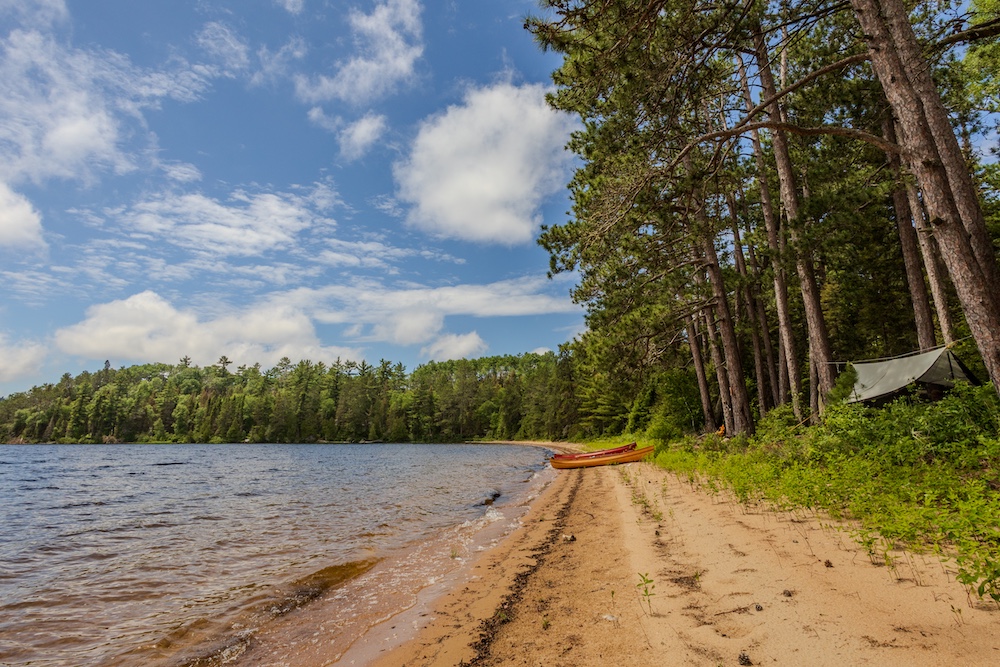
Kick the Challenge up a Notch in Mississagi River Provincial Park
Covering a massive 91,000+ square hectares, Mississagi River Provincial Park is the largest non-operating park on this list. Sprawling across a wide swath of remote, undeveloped land north of Elliot Lake, the park encompasses the Mississagi River as it passes through various chains of lakes, stretching from Rocky Island Lake in the west to Biscotasi Lake in the east to Lac Aux Sables in the south.
Due to its size, isolation from development, and incredibly varied and alluring terrain, Mississagi River Provincial Park is a historic destination for serious backcountry canoeists. Early conservationist Archibald Belaney (a.k.a. Grey Owl) spent much of his life within the area, and it is said that famous Canadian painter Tom Thomson considered the Mississagi River “the finest canoe trip in the world.”
As with Turtle River-White Otter Lake Provincial Park, there are “multiple personalities” on offer within Mississagi River Provincial Park, including many expert-class whitewater sections (with portages), large open lakes, shallow wetlands, and plenty of rocky, classic Canadian Shield landscape. This area is a treasure.
An advantage of being such a large park is that fun multiday trips are possible by starting at either end of the park, then looping back to the start via different sections. In other words, you don’t have to paddle the entire park if your time and/or skill level make it impractical.
As with other non-operating parks, primitive campsites can be found throughout the park along the river route. However, you’ll likely find the campsites in Mississagi River Provincial Park are in much better shape than other non-operating parks—an advantage of being one of the oldest and most beloved remote canoeing destinations in Ontario.
Local Resources:
- Guided trips: MHO Adventures
- Shuttles: Northern Skies Resort
- Outdoor gear purchases: Ramakko’s Source for Adventure
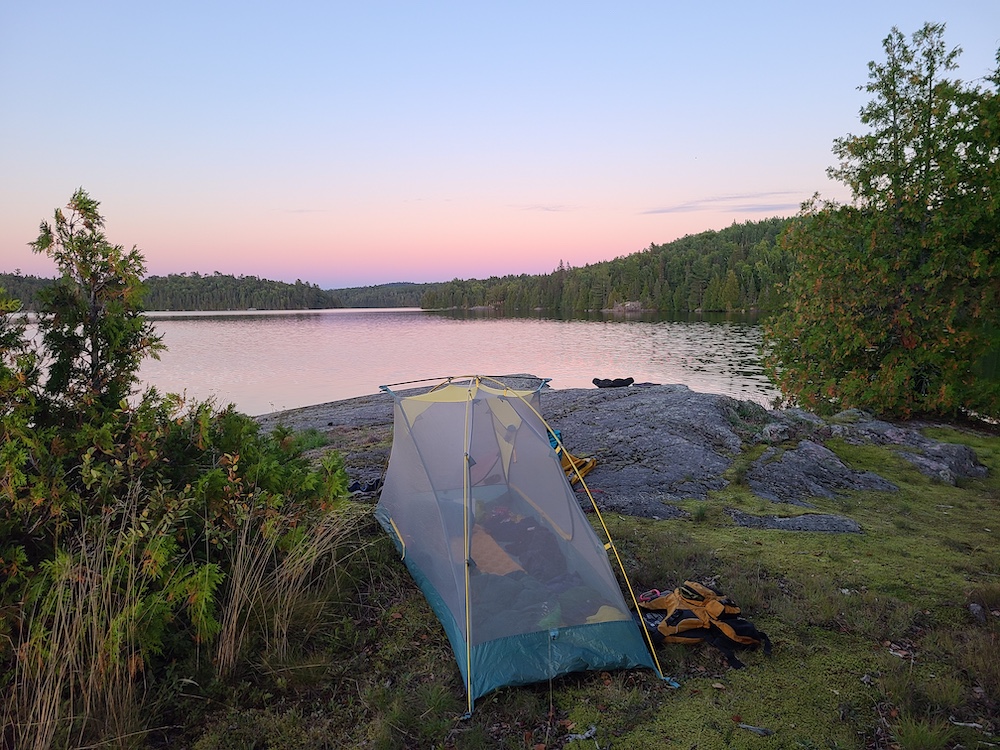
Take on the Untamed Wilderness of Algoma Headwaters Provincial Park
While each of the parks listed thus far can be considered relatively remote, Algoma Headwaters Provincial Park is in a different league altogether. Located due north of Ranger Lake, there are no established roads into Algoma Headwaters Provincial Park. Paddlers will need to start outside the park boundaries to reach it, typically paddling from Ranger Lake north through a chain of lakes or by paddling east up the Goulas River. To avoid low water challenges, travel in spring or early summer is preferred. In either case, just getting up and into the park is a multiday experience in and of itself.
There are no marked portages or campsites in this park. Even better, unlike some other non-operating parks, no motorized vehicles of any kind are permitted anywhere in the park—isolation and pristine nature are guaranteed. It’s worth being clear here: individuals interested in exploring this park should be highly self-sufficient and have significant experience with remote backcountry travel.
As the name might suggest, this park is both ecologically and culturally important. The park nurtures the headwaters for several important Algoma region rivers, including the Montreal, Goulais and famed Mississagi. The park also contains sections of magnificent old-growth white pine and hardwood forests and has played a role in the lives of Indigenous peoples for thousands of years. Wildlife, including large species such as bears and moose, flourishes in the area.
Those who find their way here will be rewarded with an unspoiled natural environment, full of interconnected lakes, rivers and streams, hills, rugged rocks and forests. Algoma Headwaters Provincial Park provides a rare opportunity for significant isolation surrounded by the beauty of a truly pristine ecosystem.
Local Resources:
- Guided trips: MHO Adventures
- Lodging, canoe and kayak rentals, shuttles and parking: Mountainview Lodge
- Outfitting and guided trips: Forest the Canoe
Recommended Articles

Temagami Canoe Trip Guide
After the Burn
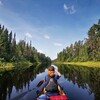
Mississagi River Canoe Trip
The Spanish River
Temagami Canoe Trip Routes
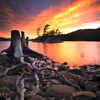
Killarney Canoe Trips
Ontario’s Moose Hotspots
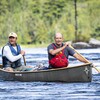
Quetico’s Best Canoe Routes

10 Best All-Inclusive Canoe Trips

Missinaibi River Canoe Trip
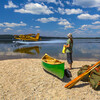
Best Fly-in Canoe Trips
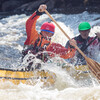
more savage than the nahanni
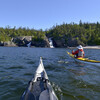
Paddling the Pukaskwa National Park Coast
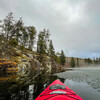
Ultimate Paddling Day Trips
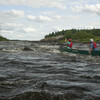
Canoe & Kayak Trips in Ontario
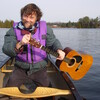
Songs About Canoeing
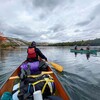
Fall Paddling in Ontario
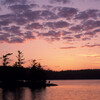
Backcountry Beginners
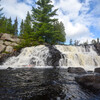
Paddling in Lady Evelyn Smoothwater
